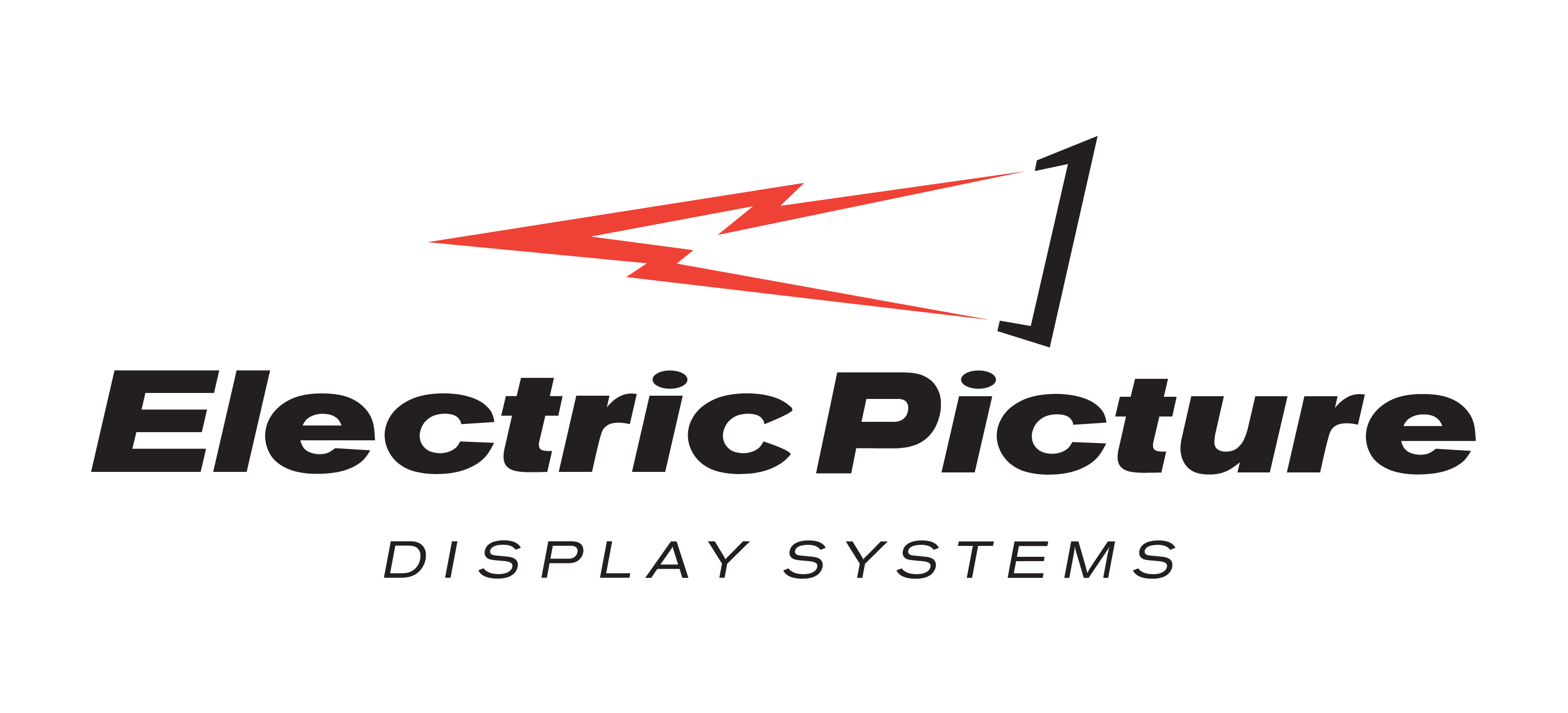Visit the Electric Picture Display | Scalable Technologies booth at the 2024 IITSEC in Orlando, Florida
Discover the latest and greatest in simulation systems at Booth #1201 at IITSEC:Visit the Electric Picture Display Systems | Scalable Technologies booth at IITSEC to



